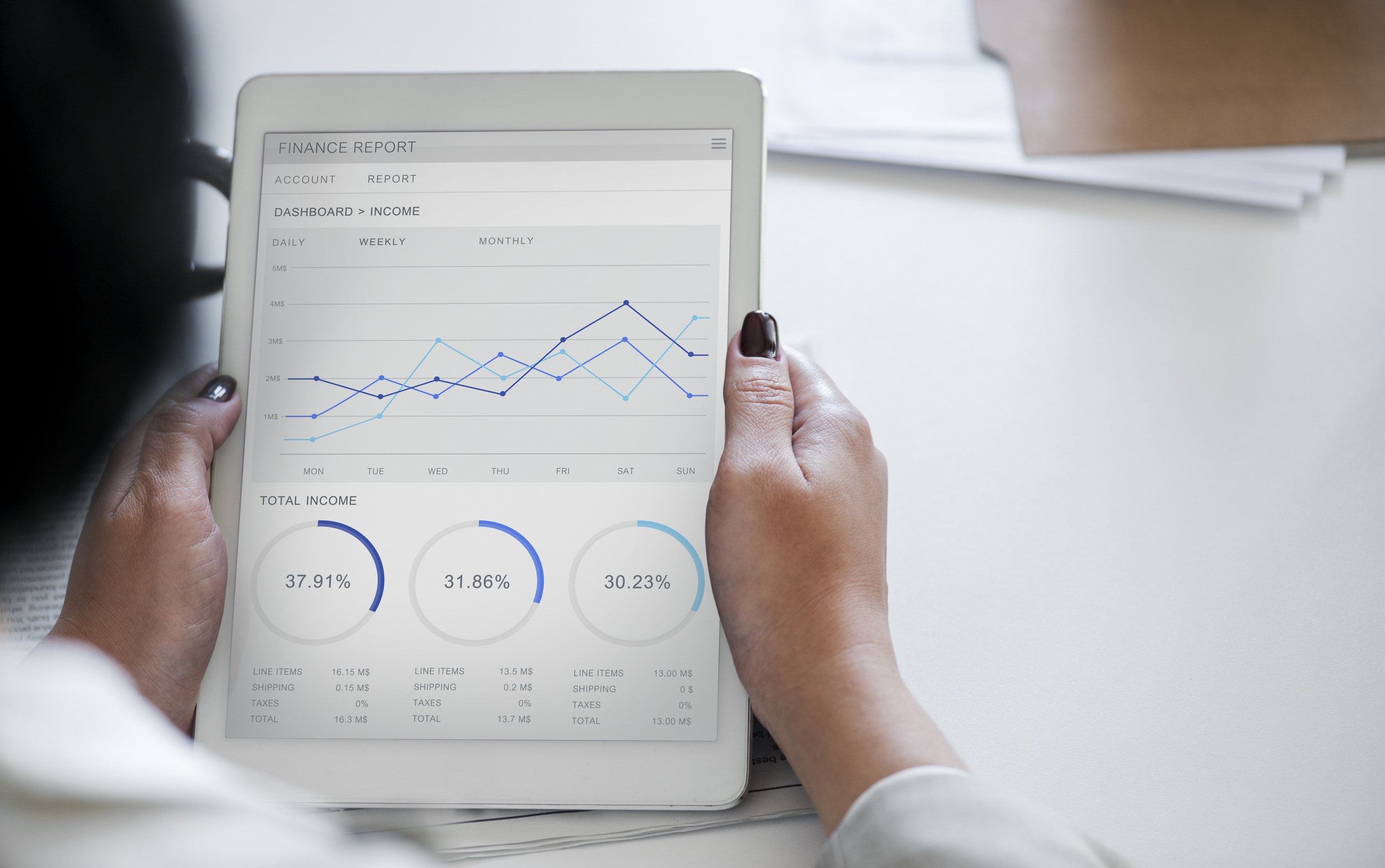Data analysis in modern business
Computerization and “Internetization” of most areas of life cause that people produce vast amounts of digital data regarding their habits, needs, and expectations like never before. Collecting this data, processing it and drawing the correct conclusions based on it, the so-called Business Intelligence (BI), can be an absolute gold mine from the point of view of a company.
This is why data analysis plays an increasingly important role in the functioning of modern companies, regardless of their size or industry. There is so much information available that their collection and proper processing would be virtually impossible without the appropriate tools, which are specialized systems for data analysis, such as Microsoft Power BI. Knowledge obtained with their help allows you to make optimal, supported by complex numbers business decisions, both at the level of individual employees, teams, and the entire organization.
The growing demand for large amounts of increasingly detailed information generated by Internet users, corporate ERP systems, e-mail and spreadsheets, has also made business analysts an increasingly sought-after specialist.
What does a business analyst do?
As defined by BABOK (note: A Guide to the Business Analysis Body of Knowledge): “A business analyst is a person responsible for identifying the business needs of his or her customers and stakeholders to identify solutions to business problems.”
It is a multidisciplinary profession, requiring an orientation to all aspects of business operations: finance, sales, logistics, and more. Tasks for people in this position may include analyzing sales trends, market trends, political trends, sports analysis or even modern data-driven journalism or so-called targeting.
Contrary to stereotypes, the everyday life of a business analyst is not only about “pasting” data into the system and generating reports – although this is unavoidable. It is also, or perhaps above all, involved in improving and optimizing the current activities of a company, identifying existing problems and proposing solutions, and predicting future market trends. In these activities, they are supported by powerful analytical BI tools. One of the most commonly used is Microsoft’s Power BI.
Key competencies of a business analyst
Because of the above tasks, the critical competencies of a good analyst include, first of all, the ability to think analytically and abstractly – understood as the ability to break down a problem into its constituent parts to see dependencies and propose a proper solution. It is also connected with inquisitiveness, curiosity and persistence in searching for answers.
